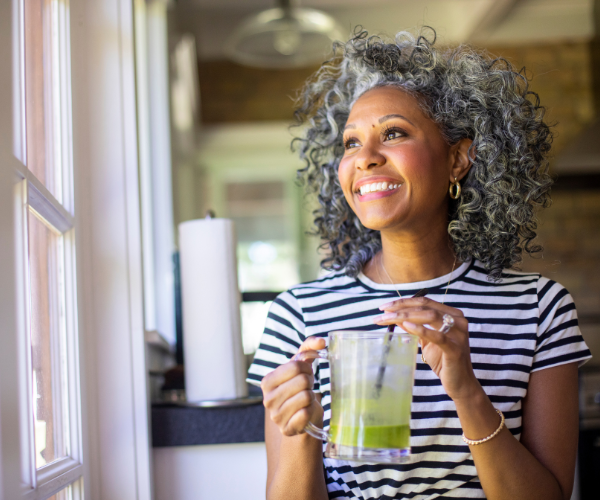Get to know your poo
There is so much we can understand about our digestive system when we get to know our poo including the frequency, consistency, smell, colour. Water makes up about three quarters of poo content (this is partly why staying hydrated is so important!), while the rest is composed of solids, including undigested fibre, intestinal bacteria and dietary fats.
On average, we pass about 100 to 250 grams of stools each day. There is no recommendation of how often we should go to the toilet - some people will go every morning and others will go three times a day, both of these are ok. Therefore, the first thing to understand is your own routine. When this suddenly changes that is an indicator that something is going wrong.
1. Consistency
To understand what the consistency of your poo means we recommend checking the Bristol Stool Chart. This classifies poo into 7 groups.
Type 2 – Sausage shape but lumpy.
Type 3 – Like a sausage but with cracks on the surface.
Type 4 – Like a sausage or snake, smooth and soft
Type 5 – Soft blobs with clear cut edges, easy to pass
Type 6 – Fluffy pieces with ragged edges, a mushy stool
Type 7 – Watery, no solid pieces
Type 5, 6 and 7 indicate diarrhoea. This is most commonly caused by and infection and medication. It may also be caused by a food intolerance, too much fibre or stress and anxiety. Diarrhoea over a long period of time can result in nutritional deficines as well as dehydration.
Having constipation or diarrhoea every now and again is nothing to worry about however, if you are getting them for long periods of time it is advised to consult your GP.
2. Colour
Brown is the normal colour of your poo and it is this colour due to bilirubin. This is produced by the production red blood cells. However, everyone’s colour will vary slightly so it is important to know what is normal for you.
Some colours to look out for -
Black – One of the most common causes of black faeces is taking iron supplements. However, bleeding higher up in the digestive tract, such as from the oesophagus or stomach, can cause the faeces to appear black. The cause could include bleeding from an ulcer.
Green – This can be caused by eating a lot of greens, however if nothing has changed in your diet and you’ve been unwell the green can indicate an infection.
Pale, clay like – Light-coloured faeces usually means that bile salts are absent. This could be caused by a range of digestive diseases affecting the pancreas, gall bladder or liver.
Red – this can either be caused by food (e.g. too much beetroot, cranberry juice, tomato juice) or it can be coming from haemorrhoids. Bright red blood in the faeces (haemotochezia) usually means internal bleeding, and the causes could include bowel cancer.
Yellow – This can be a sign of undigested fat as well as a symptom of certain conditions like SIBO
3. Other signs
Floating poo – This can be due to gas build up. Gas production is completely normal, it is the result of our gat bacteria fermenting (eating) that food we are unable to digest. However, excessive gas production can indicate we are eating something our body isn’t able to digest or malabsorption.
Mucus – Some mucus is normal however excessive mucus can be a sign that something needs investigating.
Undigested food – Small bits of undigested food in your poo (like sweetcorn) isn’t anything to worry about. However, if you have larger bits of food in your poo it can be a sign that you’re not chewing enough.
Smell - All poo will have an odour, and this comes from a number of chemicals produced from the action of bacteria. However, a change in smell could indicate your body is struggling to absorb something.
Take away message
There are many other factors that can help us determine if your gut is healthy but this is a good place to start.
It is important to get to know your own poo so when something does change, you’re aware of it and can visit your GP.
Please see poo infographic
f you'd like to learn more about supporting your gut health, why not book a free 1:1 consultation with our nutrition team? We can recommend diet and lifestyle changes that can make a big difference. To book, simply click here.



